#medieval codex
Text
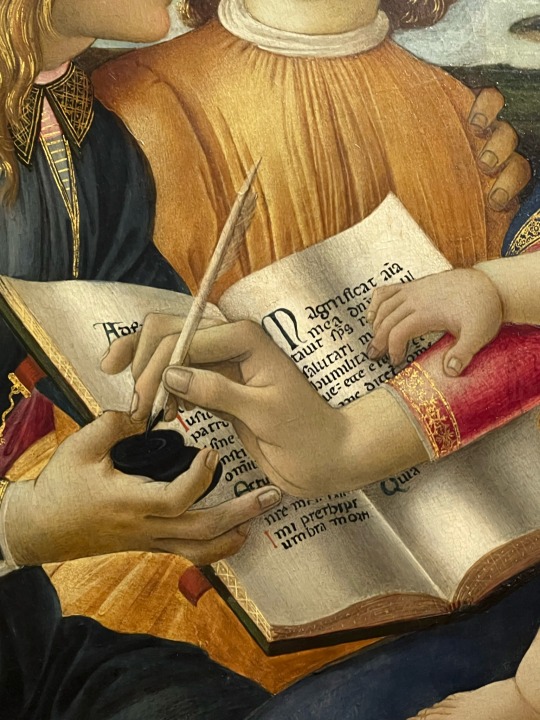
Detail of inkwell and quill with manuscript book (please notice the bookbinding tail band and the red straps with golden buckles that would have held the book closed).
Botticelli, S. (1483 c.). Madonna del Magnificat [tempera on wood]. Galleria degli Uffizi, Firenze. Picture by me.
#codicology#manuscript#inkwell#quill pen#medieval codex#italian renaissance#renaissance art#visual sources#history#firenze#history chirp
27 notes
·
View notes
Text
Marginalia, a strange rabbit lizard hybrid based on the doodled illustrations on the edges of medieval manuscripts, by Cat’s Chimerical Creations





Did you know:
With every donation you make at https://ko-fi.com/catschimericalcreations you can unlock one fun fact about any repurposed Beanie Baby hybrid plush beast of your choosing!
#catschimericalcreations#frankenplushie#altered plushies#plushie modification#upcycled plushie#mutant plush#hybrid plush#chimera plush#weird plush#creature design#toy story sid#randimals#sewing life alchemist#oddbody beanie babies#customized beanie babies#medieval creatures#medieval codex#medieval art#marginalia#illuminated manuscript
16 notes
·
View notes
Text

A medieval Catholic religious art image of the Visitation of the Blessed Virgin Mary to her cousin St. Elizabeth. The second Joyful Mystery of the Most Holy Rosary. I believe this image is from a medieval Codex.
#traditional catholicism#traditional catholic images#middle ages catholic religious art#the most holy rosary devotion and sacramental#the second joyful mystery of the most holy rosary#the vistation of the Blessed Virgin Mary to her cousin#medieval codex
6 notes
·
View notes
Text

January calendar page with Janus and Capricorn, from the Stammheim Missal
German, probably 1170s
tempera colors, gold leaf, silver leaf, and ink
J. Paul Getty Museum
#January#Janus#Capricorn#manuscript#medieval manuscript#Stammheim Missal#German#book#codex#Getty Museum#J. Paul Getty Museum
476 notes
·
View notes
Text

the sun
illustration from the medical-astrological "schürstab codex", nuremberg, c. 1472
source: Zurich, Zentralbibl., Ms. C 54, fol. 28v
#15th century#astrology#planets#astrological planets#sun#schürstab codex#crowns#books#lions#medieval illumination
305 notes
·
View notes
Text
For this week's #CoffeeWithACodex (Thursday, March 21, 12pm Noon EST on Zoom) Curator Dot Porter will be joined by SIMS Curator of Manuscripts Nick Herman and Penn PhD student in Italian Studies and Comparative Literature Julia Pelosi-Thorpe to unbox a new manuscript purchase! Petrarch's Canzoniere and Trionfi, with Leonardo Bruni's Life of Petrarch. Written in Florence in the 1470s. You'll get to see it for the first time at the same time we do!
Register here:
#medieval#manuscript#renaissance#coffee with a codex#cwac#event#zoom#video#petrarch#italian#book history#rare books
70 notes
·
View notes
Photo

Detail from a portrait depicting the Minnesänger Herr Heinrich Hetzbold von Weißensee
Codex Manesse, Zürich, ca. 1300-1340
Universitätsbibliothek Heidelberg
439 notes
·
View notes
Text
Manuscripts, Humanity, and AI

Image of a manuscript, generated in MidJourney by Suzette van Haaren
(a few words originally posted on Twitter on March 27, 2023 and then on my blog. It’s resonating there so I thought I would post it here too.)
I’ve been trying all morning to figure out what bothers me about these Mid journey-generated manuscripts without simply sounding like a Luddite, and I think I finally have it.
It’s because my interest in manuscripts is almost entirely about the humanity behind them. Who made them? Who used them and why? What happened to them after they were made? Where are they now? What did they mean in the past and what do they mean now?
A computer generated book doesn’t have any of that context. I’ve talked about the uncanny valley with regard to digitized manuscripts, and this is that, one step further. It’s one thing to digitize a manuscript in a way that elides its materiality, and a whole other thing to create manuscripts that don’t exist materially at all.
I think there are potentially interesting ways to use AI in my work. I’m interested in structure, and have been part of a project, VisColl, to develop models and software to build models of manuscripts. Could AI be used to combine structural models and digital images to create photorealistic imagery of existing manuscripts? Imagine an AI reconstruction of manuscripts cut apart and distributed by Otto Ege. Could it even generate pages that are lost as semi-realistic placeholders?
Just a few thoughts. I’m less interested in generating realistic looking manuscripts than in the potential to leverage the technology to help us understand the use and history of manuscripts that exist in the real world.
Added: If you’d like to hear me talk more about manuscripts and humanity, check out Coffee With A Codex, a weekly 30-minute program both live and posted to YouTube where I present a show-and-tell with books from the University of Pennsylvania’s premodern manuscript collections, and Inside My Favorite Manuscript, a weekly podcast I do in my own time where I talk to people who love manuscripts about manuscripts they love the most.
#medieval#medieval manuscripts#manuscripts#ai#otto ege#manuscript digitization#uncanny valley#midjourney#imfm#imfmpod#coffee with a codex#cwac
172 notes
·
View notes
Link
91 notes
·
View notes
Text

Wolfram von Eschenbach and his Squire (Codex Manesse)
#wolfram von eschenbach#knight#squire#art#codex manesse#german#medieval#middle ages#knights#squires#chivalry#europe#history#european#heraldry#coat of arms#poet#poetry#minnesingers#minnesang#minnesinger#minnesänger#helmet#helmets#jousting
146 notes
·
View notes
Text

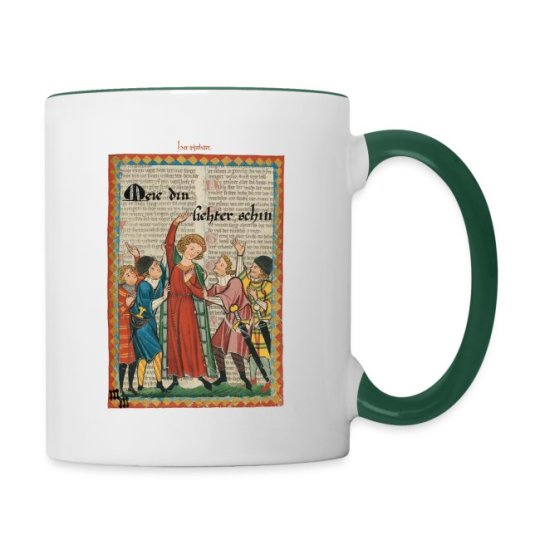
Check out our new Medieval Design! Following up on Her Walther von der Vogelweide, we are continuing our Codex Manesse line with Her Neidhart von Reuenthal, another famous Minnesänger, and contemporary of Walther. The design features hand drawn calligraphy, spelling out the first line of one of Neidhart's famous songs: Meie din liehter schin!
Check it out here!
Medieval Margins is a Norway based design project by medieval-excited HEMAists, combining art from real medieval manuscripts with hand-drawn calligraphy
#medieval#medievalcore#medieval manuscripts#codex manesse#neidhart von reuental#knightcore#bardcore#literally this is bardcore he is a bard
9 notes
·
View notes
Text
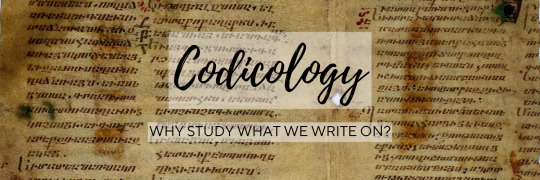
“The manuscript book isn’t only the necessary medium for the trasmission of ancient and medieval culture: it’s also a complex and dynamic object, which reflects, in its appearance and physical structure, the cultural, economical, social and political changes through the centuries.” - Marilena Maniaci.
Throughout history, humankind has always felt the need to communicate, and to fulfil that need has used a variety of recipients for their writing — organic, inorganic, of plant or animal origin… Before, and alongside, the well-known triptych of papyrus-parchment-paper were and are clay, shards of pottery, metals, fabrics, leaves, wood, bones…


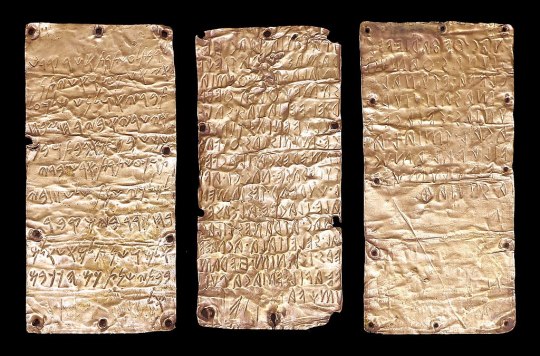
Any writing, in its materiality, is a two-faced coin. One face is that which can be easily (or not) seen, such as the text and the images. The other face is all that is not seen, be it inside the writing, such as the material aspects, the structure, the techniques, or outside the writing, such as the culture or socio-economic situation.
While philology and palaeography study the text and images are the interest of art historians, that hidden other face is the subject of research of codicology, particularly in its acceptation of archaeology of manuscripts. Codicology is a relatively recent branch of studies, which originates as an ancillary science to philology and palaeography and as such still lacks a unified method or mission, but in the aforementioned meaning of the term and for what concerns us, it can be defined as the study of the history of codices (sing. codex).
Codicology, then, studies the codex in everything that isn’t text and writing, and partially images (although all of these things give contextual information, and are taken into consideration). But what, exactly, is a codex?
A codex isn’t a book, it’s not even a scroll - at least, not necessarily. As defined by Marilena Maniaci a codex is “a container of information, mostly textual, but also visual and musical, in which the dimension of immaterial ideas interacts, in different and complex ways, with the materiality of the object.” More simply, a codex is any object consisting of a material which has been written on or which was meant to be written on and which has been bound or could have been bound.
A scroll is a codex, a book is a codex, but also ostraka (pottery shards) which have been tied together through holes, or a single and quite big piece of vellum which has been folded.
The three following images are all codices, as different as they may seem!


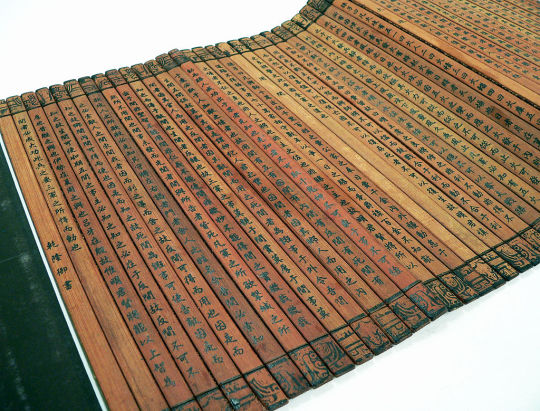
Codicology studies the materials a codex is composed of, the way it was produced, used, re-used, its history throughout the years, in whose hands it ended up and how its “adventures” influenced its physicality. These informations, seemingly of secondary importance, can give us interesting insights on the times the codex “lived” through.
#history chirp#history#material history#manuscript#manuscript history#medieval manuscripts#papyrus#parchment#paper#writing table#codicology#codex#medieval codex#book of hours#writing history
11 notes
·
View notes
Text
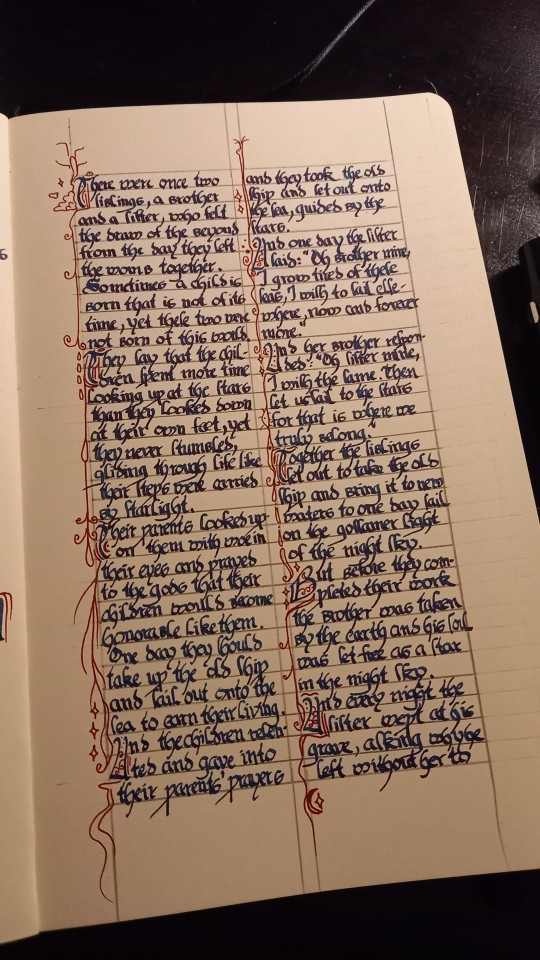

codex manesse but make it fantasy fairy tale.
#calligraphy#medieval#medieval handwriting#codex manesse#technically german stuff#fantasy calligraphy#textura#toeffel writes neat
5 notes
·
View notes
Text
Episode 18: Olivia Baskerville on the Great Survey, the Greek New Testament, and the history of England


Pages from the Codex Sinaiticus (l) and The Domesday Book (r)
In Episode 18 of Inside My Favorite Manuscript, we have a two-fer! Dot and Lindsey chat with Olivia Baskerville about her two favorite manuscripts: The Domesday Book and the Codex Sinaiticus. The Domesday Book, completed in 1086, documents a tax survey taken of most of England and parts of Wales after the Norman Conquest, while Codex Sinaiticus is a complete copy of the New Testament, written in Greek in the 4th century and sold to England by the Soviet Union in 1933. While very different in form and content, both manuscripts have played important roles in English culture, and we'll spend most of our time talking about the politics surrounding their creation and use over the course of England's history.
Listen here, or wherever you find your podcasts.
Below the cut are more images and links relevant to the conversation.
The Domesday Book at the National Archives (includes digitized images taken from the 1986 photographic facsimile, free to download in PDF format if you sign in)
Open Domesday (includes digital images taken from the 1850s photozincographic reproduction of Domesday, made by Ordnance Survey in Southampton. As Andrew Prescott points out on Twitter, the plates used to make this facsimile have been cleaned up and some marginalia removed)
Page of the Domesday book showing Bedford in Bedfordshire (image from the National Archives)

Codex Sinaiticus (transcription and digital images)
Codex Sinaiticus fol. 217b, the opening of the Book of Mark

The same page within the context of the website, transcription and translation on the right.

Example of a Canon Table from British Library Burney 41, f. 19v. From left to right, Matthew, Mark, Luke, and John showing the divisions that were used before the invention of the modern system of chapter and verses. The numbers in the columns will be written alongside the text in the main part of the Bible. (Wikipedia page on Eusebian Canons)

The canon table that Olivia mentioned, from the Codex Amiatinus (digitized online at the Library of Congress)

Codex Sinaiticus fol. 217b, zoom in on the bottom right under standard light.
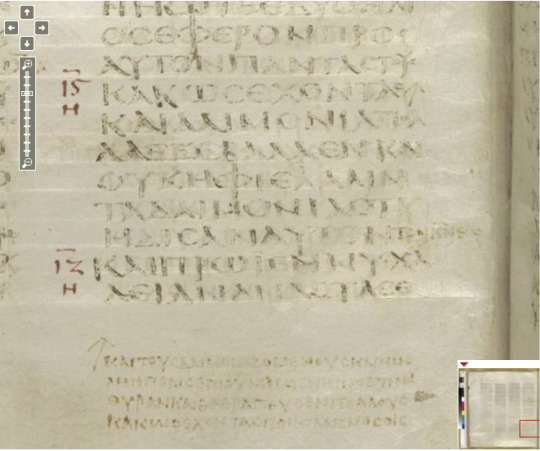
Codex Sinaiticus fol. 217b, zoom in on the bottom right margin under raking light. The ruling is so clear!
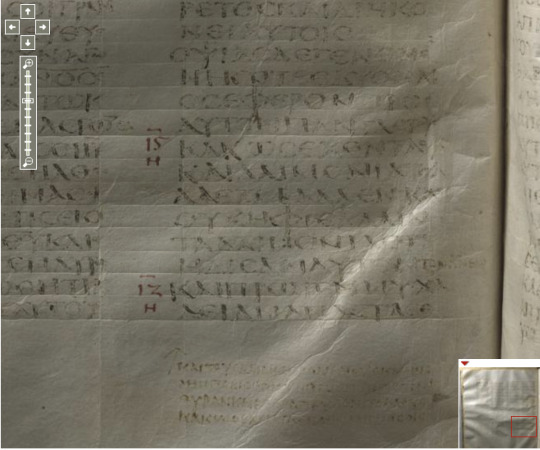
Wikipedia page on the Soviet sale of paintings from the Hermitage Museum (which happened around the same time that the Codex Sinaiticus was sold)
Newsreel Footage of Codex Sinaiticus from 1933, blog post by Brent Nongbri includes the movie footage embedded.
The CULTIVATE MSS project (2019-2024), funded by the European Research Council, explores how the trade in medieval manuscripts between 1900 and 1945 affected the development of ideas about the nature and value of European culture during this period. (Project website)
The Cost of Culture, the podcast of the CULTIVATE MSS project
#medieval#manuscript#england#history of england#codex sinaiticus#domesday book#nationalism#latin#greek#cultivate mss project#podcast#inside my favorite manuscript#imfmpod
21 notes
·
View notes
Text

This is from the Codex Wallerstein, a medieval fighting manual. Please somebody who can read ye olde German tell me what technique this is supposed to demonstrate?
51 notes
·
View notes
Text

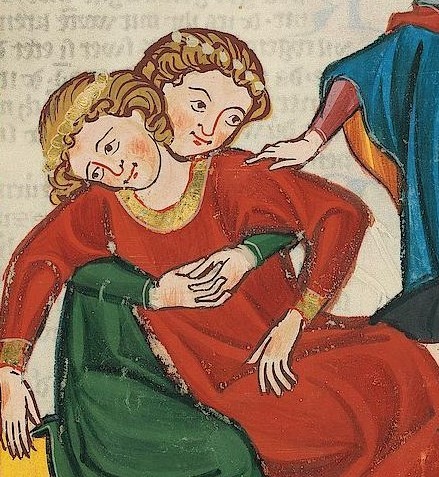
splinting a broken leg (and a lover's hug)
in the "codex manesse", zürich, c. 1300-1340
source: Heidelberg, UB, Cod. Pal. germ. 848, fol. 158r
#they're soo cute#14th century#codex manesse#medieval art#medieval medicine#hugs#illuminated manuscript
324 notes
·
View notes